Abstract Photography – 30 Ideas to Bust Your Creative Rut!
Feeling a creative urge, but not sure where to begin? Or perhaps you can’t get out of the house to try any kind of photography that you need to leave your own space to find, because: kids.
Don’t despair! Abstract is the perfect technique for stretching your creativity. And the fabulous thing about abstract photography is you will never run out of things to photograph, and you don’t even need to leave home!
Our grads totally inspired us with these amazing abstract images… never again will I despair that there’s “nothing to shoot”.
Get in Close
Close up photography is distinct from macro in that it’s not a 1:1 reproduction, so you don’t need a macro lens to try it. In other words… it’s close, just not that close.
But you can definitely make magic by getting as close as your lens will allow you and still be able to grab focus. And if that’s not close enough for you, use the sharpest lens you have then crop a little after the fact.
Fill the frame and remove all context, or hone in on a specific detail.
Related: 50 Beautiful Photo Ideas (when you have no one to shoot!)
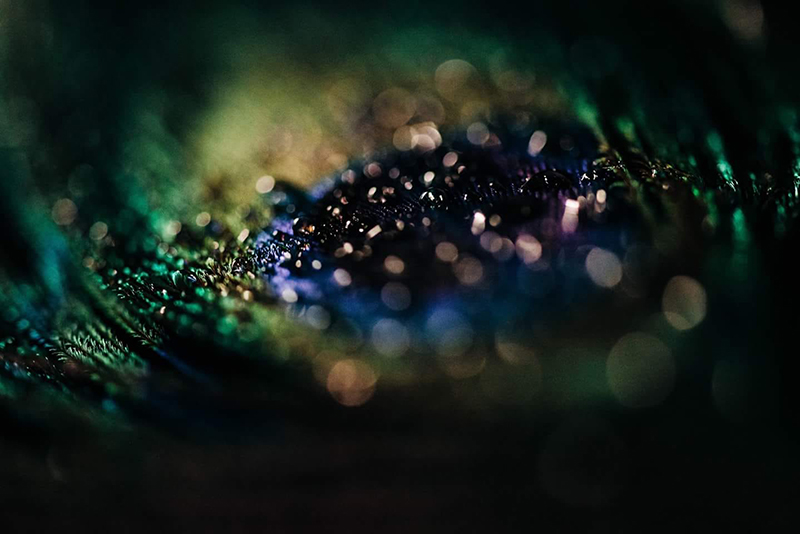
Humera Aaqib, Advanced Grad – raindrops on a petal
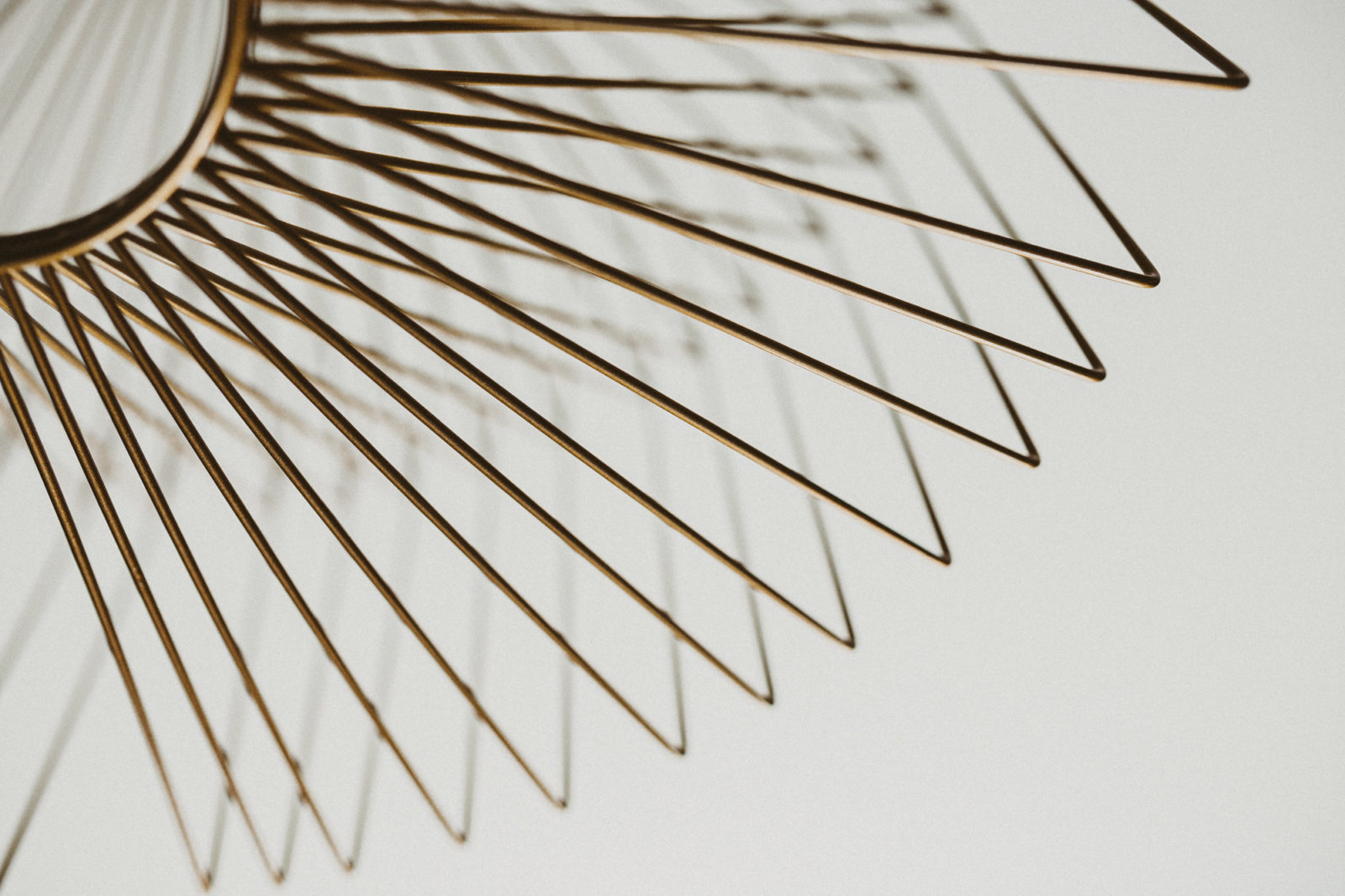
Pam Bradford, CLG Instructor – close up detail of light fitting
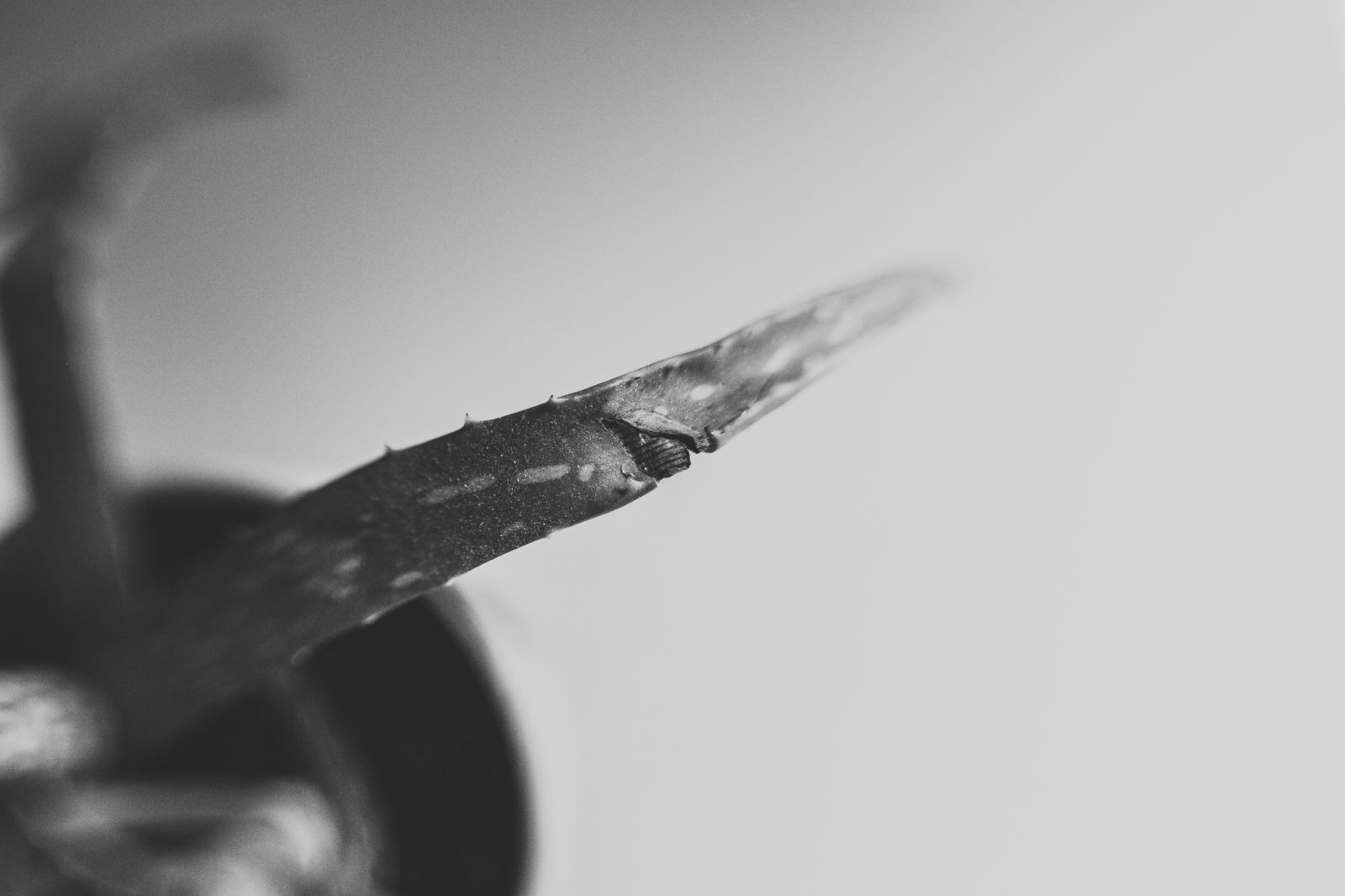
Pam Bradford, CLG Instructor – close up detail of succulant shot at f/1.4
Texture
Texture can work as a subject in its own right. Look around for it in both nature and man made objects.
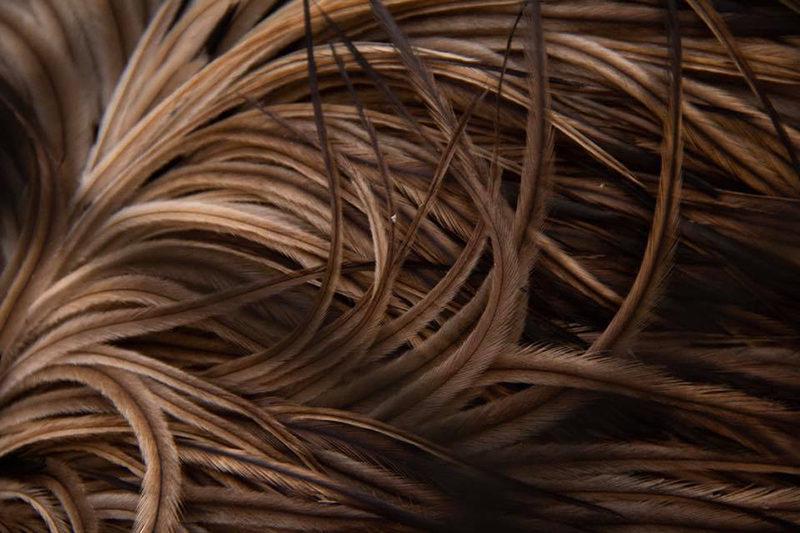
Donna Weir, Advanced Grad – feather detail
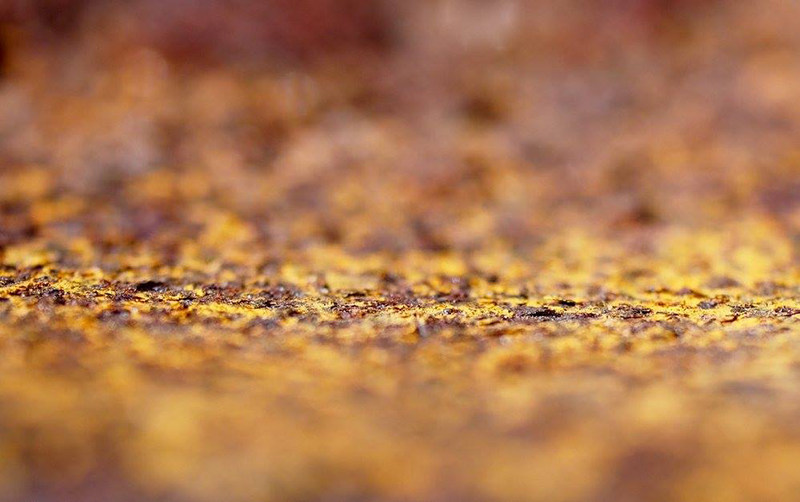
Audra Stanton, Advanced Grad – A rusted steel pot with a sliver of focus

Alice Mariette, Advanced Grad
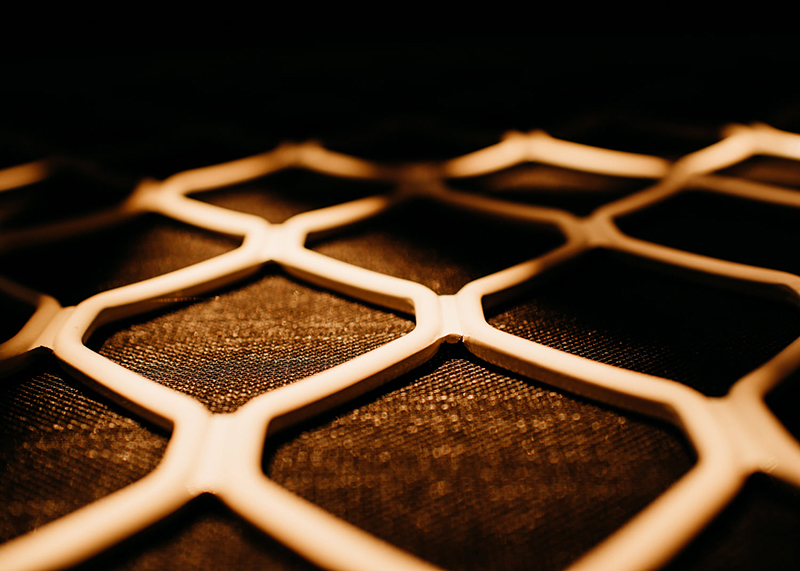
Verity Hocking, Advanced Grad
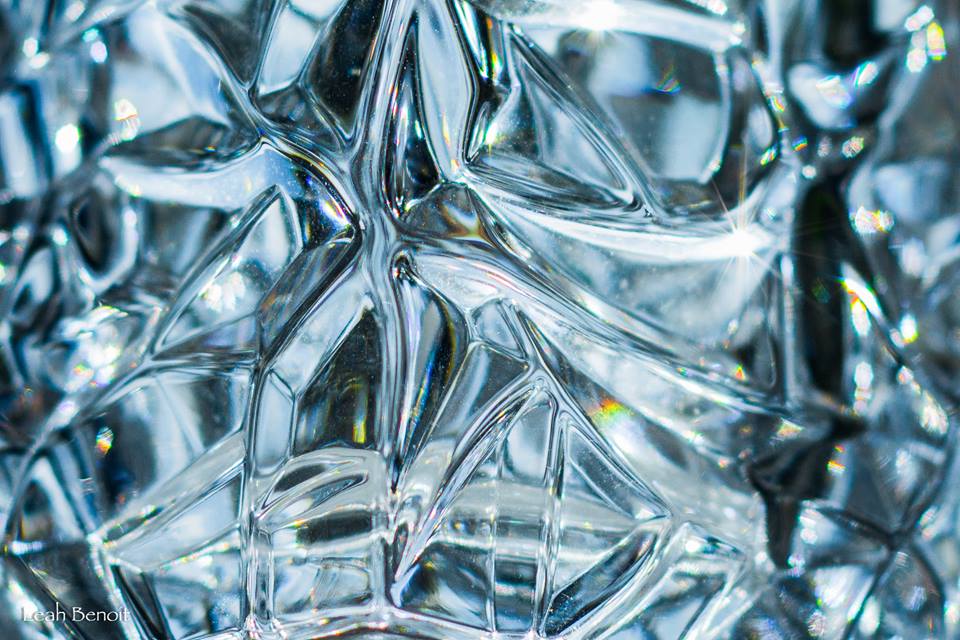
Leah Benoit, Advanced Grad – close up of patterned glass

Char McQuillan, Advanced Grad – rust is beautifully textured with deliciously rich tones
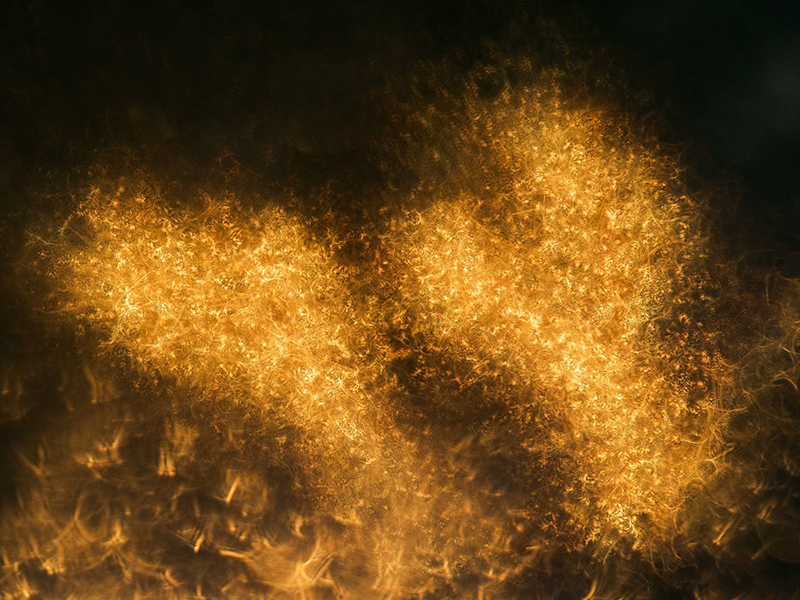
Alice Mariette, Advanced Grad – morning light emphasising smudges on a window, lens up against the glass
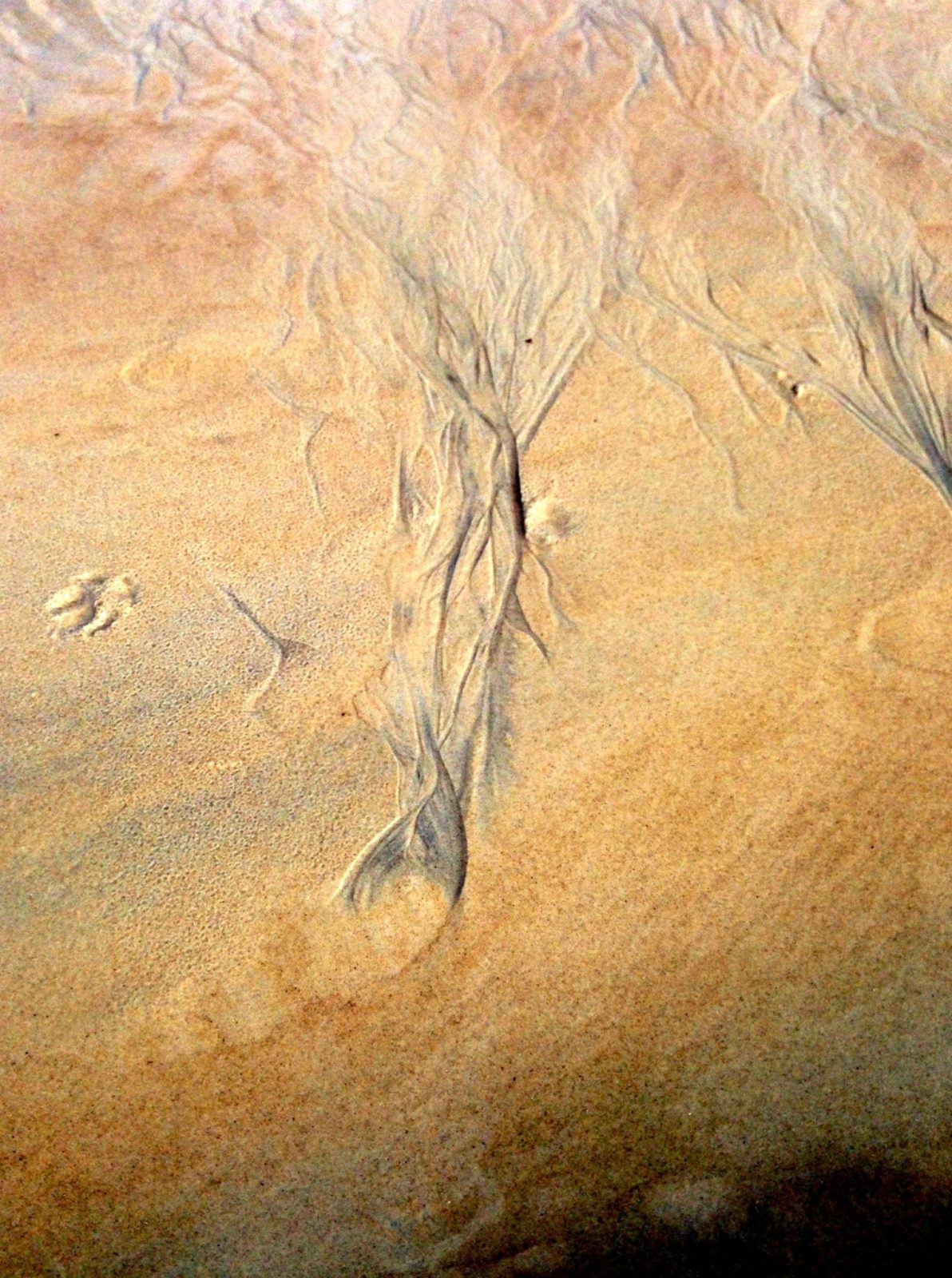
Julie Sinclair, Advanced Grad – Sand patterns
Fabric
Speaking of texture, get up close to all kinds of fabric and make the most of the detail.

Alice Mariette, Advanced Grad – sparkly fabric fills the frame
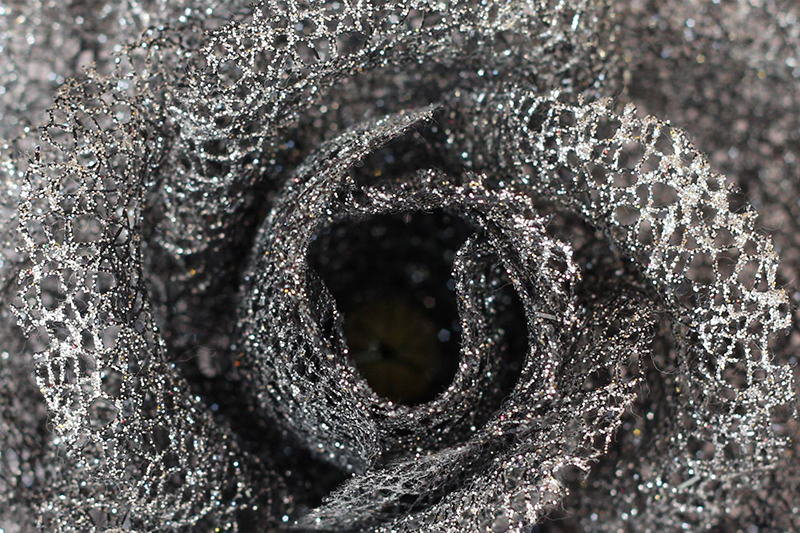
Donna Lynn, Enthusiast Grad
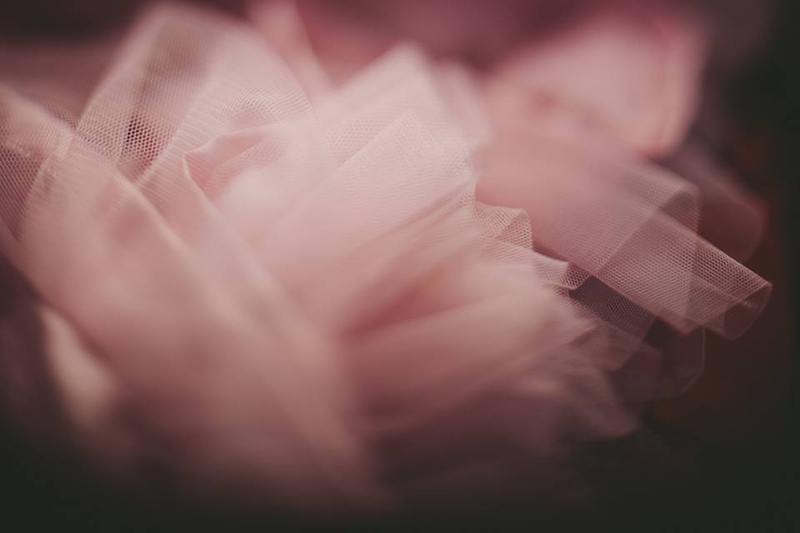
Peta Beckham, Advanced Grad
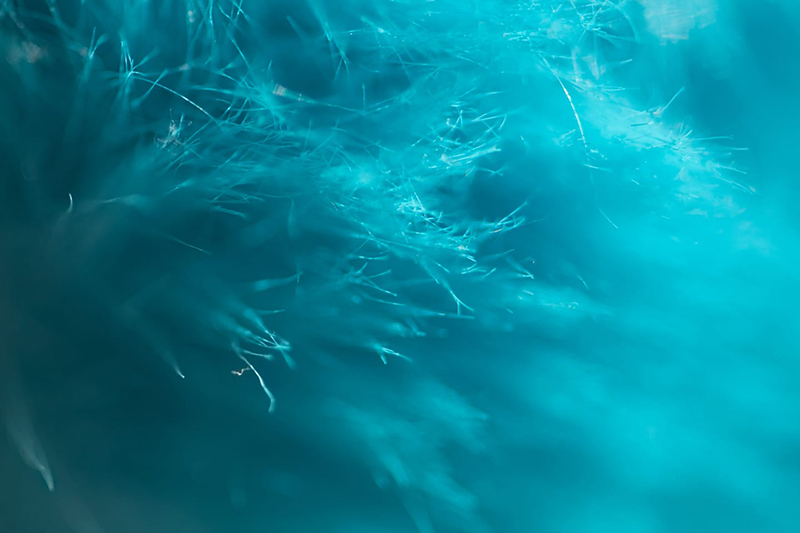
Sonia Ragusa, Advanced Grad
Intentional Blur
Deliberately capturing an object out of focus to render it unrecognisable is an easy and fun way to create abstract images. There are a few ways you can create intentional blur:
- Manual focus
- Slow shutter speed
- Intentional Camera Movement (ICM)
Manual Focus
Flick your lens to manual focus mode. Then use your focus ring until your subject is out of focus to the extent you like what you see. If the subject isn’t flat, and the light is bouncing off it, you can create beautiful coloured bokeh at the same time.
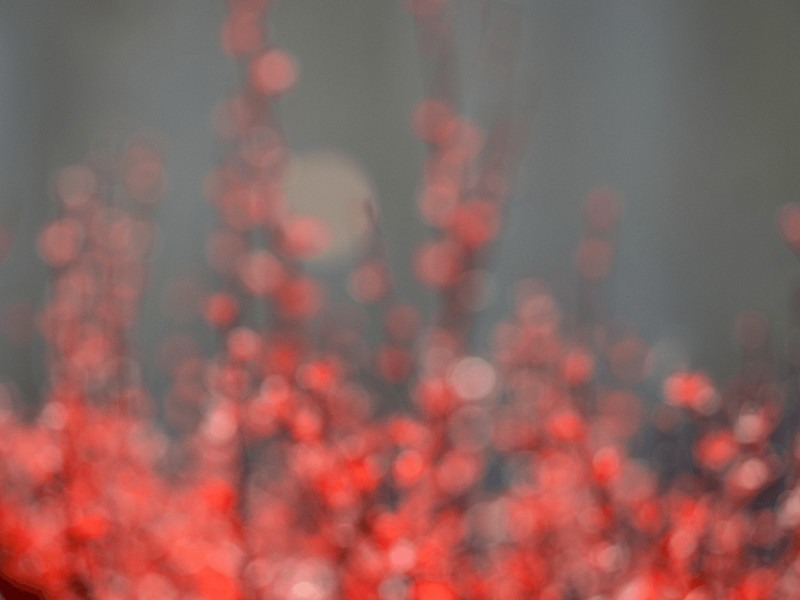
Shelly Wonders, Advanced Grad
This subject is backlit and combined with shootingn it deliberately out of focus, gives this abstract shot a dreamy feel.

Alice Mariette, Advanced Grad – Close up and intentional blur of flower petals with light entering from the top
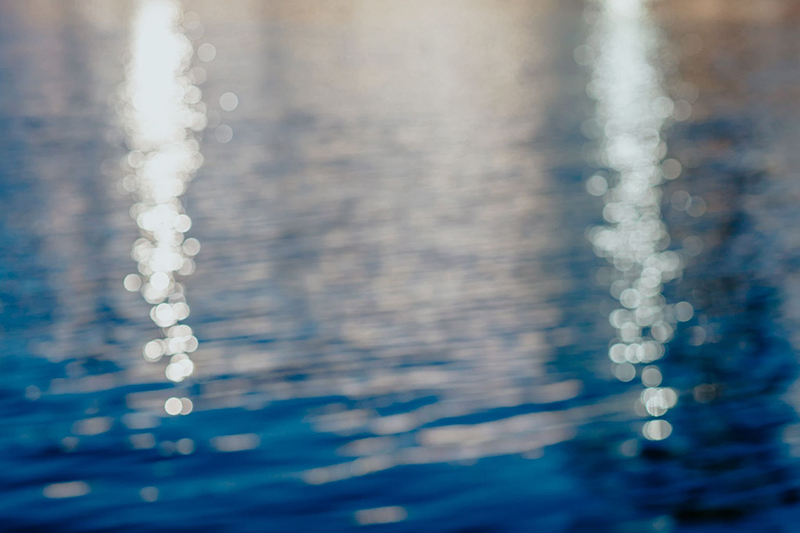
Emma Davis, CLG Instructor – street lights reflecting off water
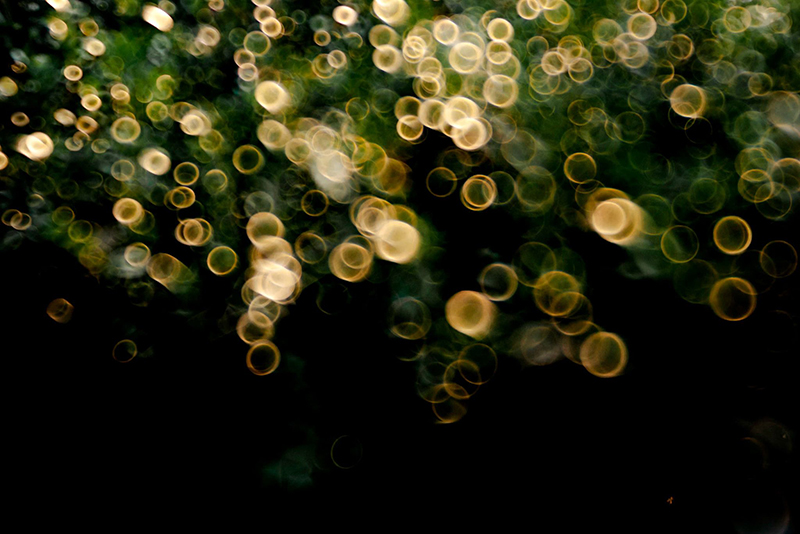
Emma Davis, CLG Instructor – foliage with dew drops shot during the golden hour
Slow Shutter
Use a slow shutter speed to capture motion blur. Essentially you need to choose a shutter speed that is too slow to freeze the motion of your subject, so having a good understanding of the exposure triangle really helps.
Related: The Exposure Triangle – How to Shoot in Manual Mode
Ultimately the trick is to make sure the motion you capture looks intentional and not accidental. You may need a tripod if the shutter speed is slow enough to capture camera shake, which is not a desireable kind of motion blur. Depending on how steady your hands are, you could expect to capture camera shake at shutter speeds of slower than around 1/30.
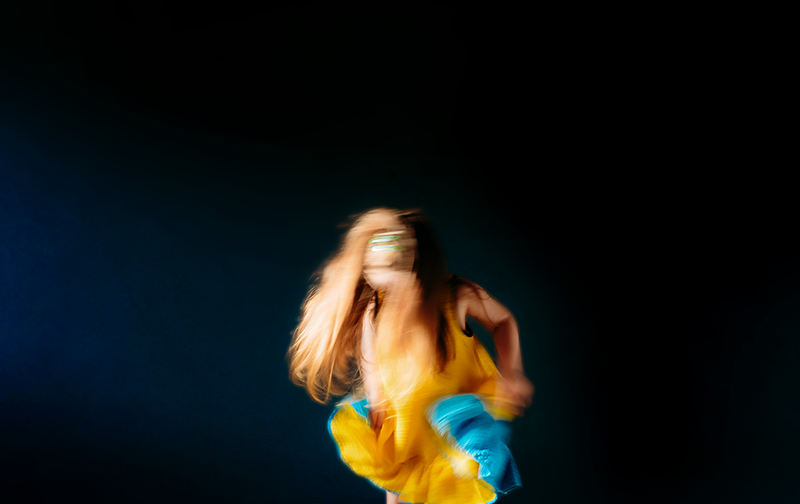
Becca Lord-Lyon, CLG Instructor – Dancing. Settings: f/11, ISO 160, 1/20 sec

Emma Davis, CLG Instructor – Blooms blowing in the breeze. Settings: f/16, ISO 100, 1/8 sec
Intentional Camera Movement (ICM)
ICM is an abstract style of shooting that has no rules! It’s a technique where you move your camera and combined with a slow shutter speed, it produces eye catching streaking.
You can either move just the camera, or yourself as well. Start with a shutter speed of 1/4 and experiment from there. If you’re shooting outdoors, you may find the slow shutter speed lets in too much light. So you’ll either need to try this at dawn or dusk when there’s not a lot of ambient light, on try it indoors.
You can also control the pattern of the blur by the physical way in which you move the camera or yourself. For example to create vertical streaking like Hope’s shot below, you’d move the camera in a vertical motion.

Hope de la Rosa, Advanced Grad – multi coloured sparkly dress, vertical motion creates vertical streaks. Settings: f/3.5, ISO 640, 2 secs

Pam Bradford, CLG Instructor – garden foliage, sideways motion creates horizontal streaks. Settings: f/16, ISO 200, 1/4 sec
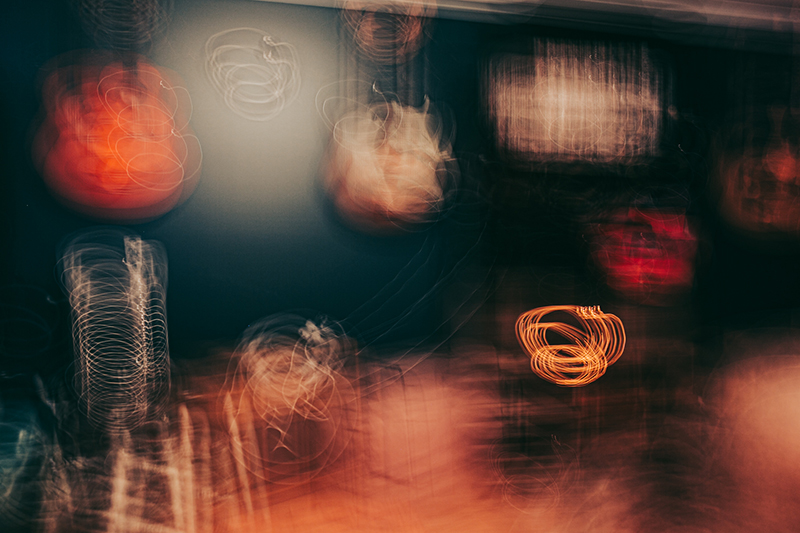
Pam Bradford, CLG Instructor – music studio, circular motion creates circular streaks. Settings: f/3.2, ISO 200, 4 sec
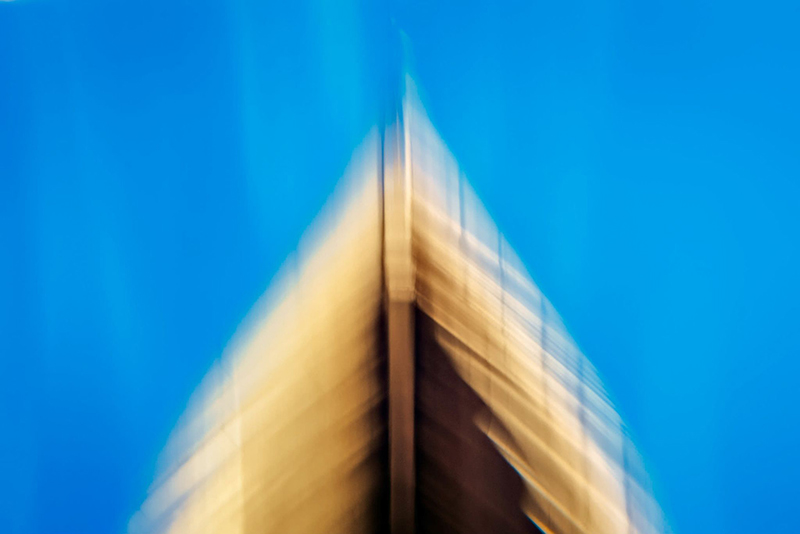
Emma Davis, CLG Instructor – Sydney Opera House. Settings: f/5.6, ISO 125, 1/200 sec
Shadows
Wander around the house and garden, especially during the golden hours, and look for interesting shadows.
Related: Shadow Photography (Embrace Hard Light)
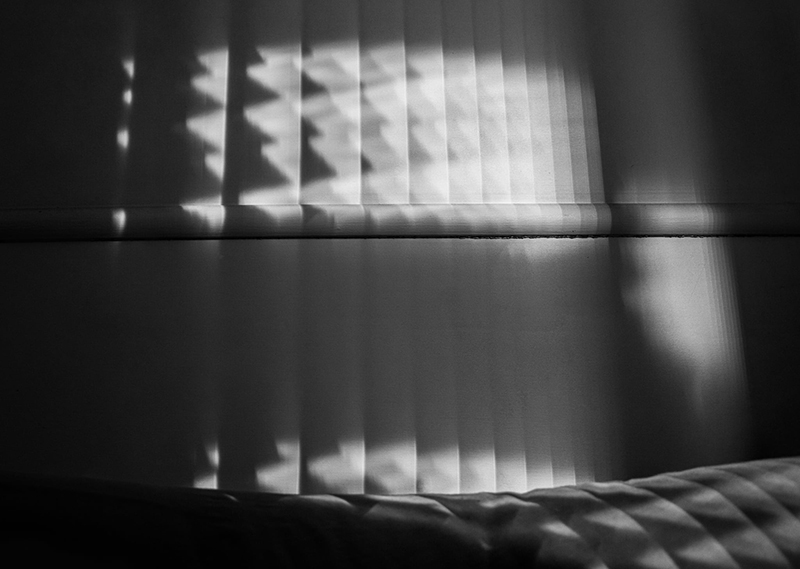
Sandie Peters, Advanced Grad
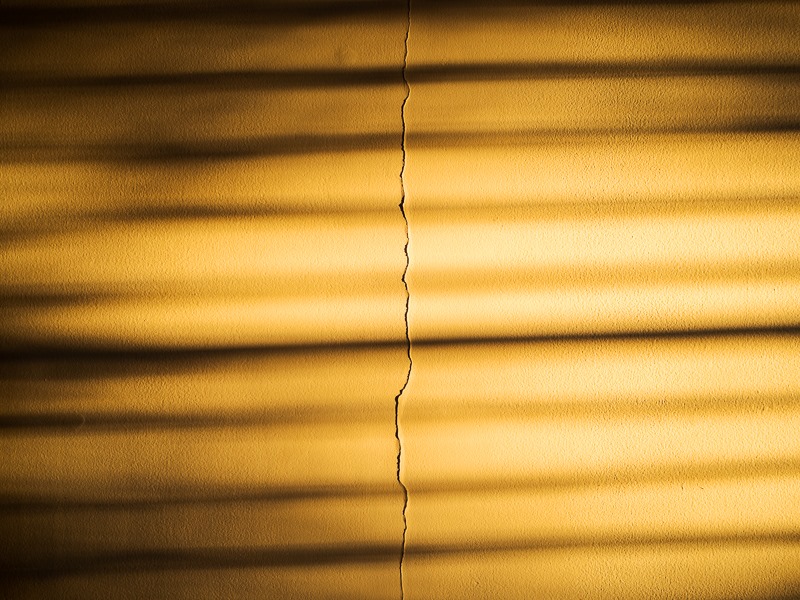
Alice Mariette, Advanced Grad
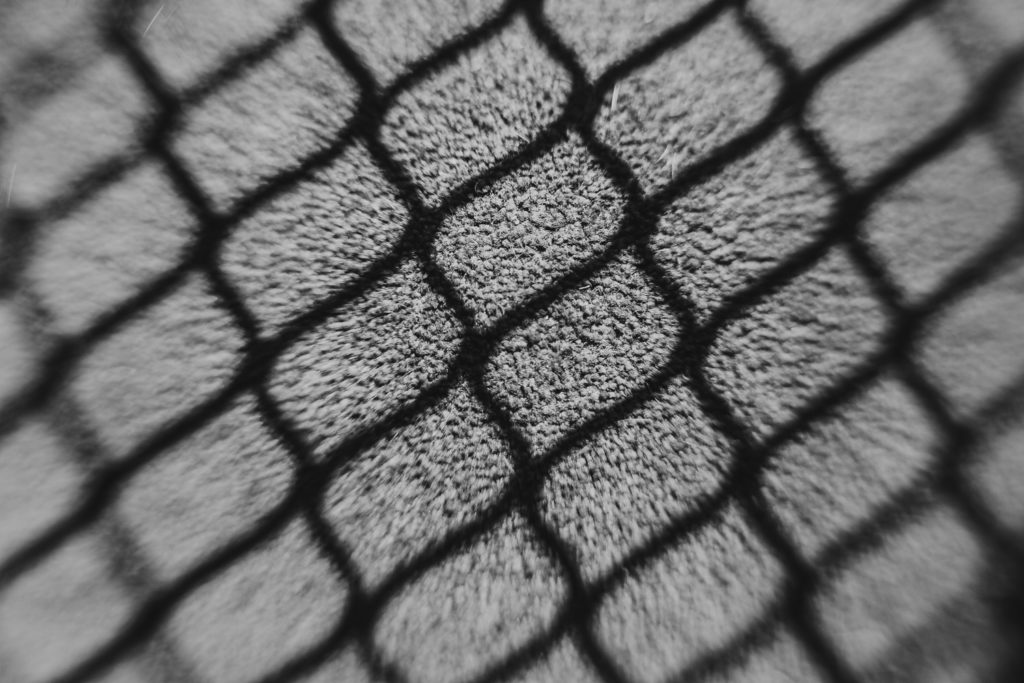
Pam Bradford, CLG Instructor
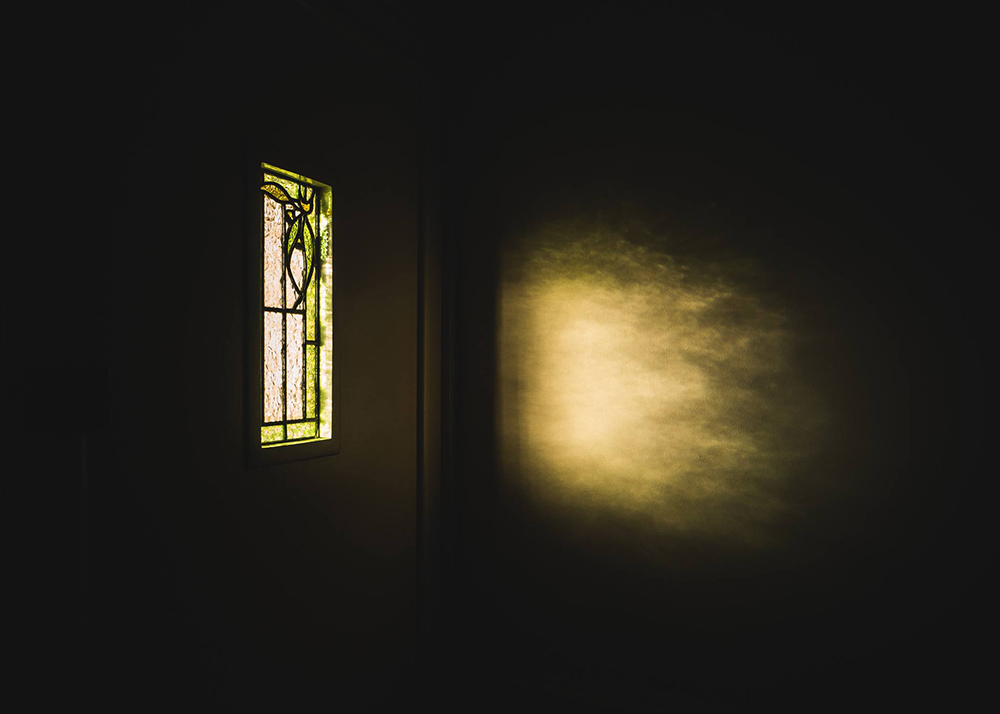
Alice Mariette, Advanced Grad

Almitra Hill, Advanced Grad – Self Portrait
I hope this blog post gives you inspiration and helps you get out of that creative rut! Happy shooting!
Join my new workshop and learn How to Shoot Pro-Quality Photos With Your DSLR… and it’s totally FREE to join! Register here…
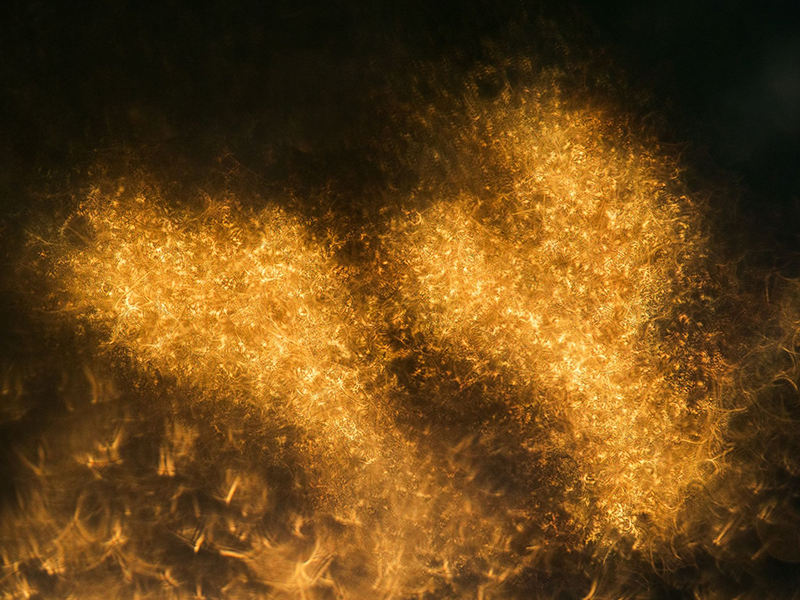
Leave a Reply Cancel reply
PRIVACY POLICY & SITE TERMS AND CONDITONS
CLICK LOVE GROW ™ Pty Ltd - COPYRIGHT 2024 ©
x
Join Now
Enter your info below to join the challenge!
Want a friendly reminder when I go live?
Pop in your number and I’ll shoot you a text.
* We will send text reminders for our live calls during the challenge! Reply ‘STOP’ to end or ‘HELP’ for help.
We promise not to ever share your details with anyone or send you spam! Check our privacy policy and terms of service.
Be the first to comment